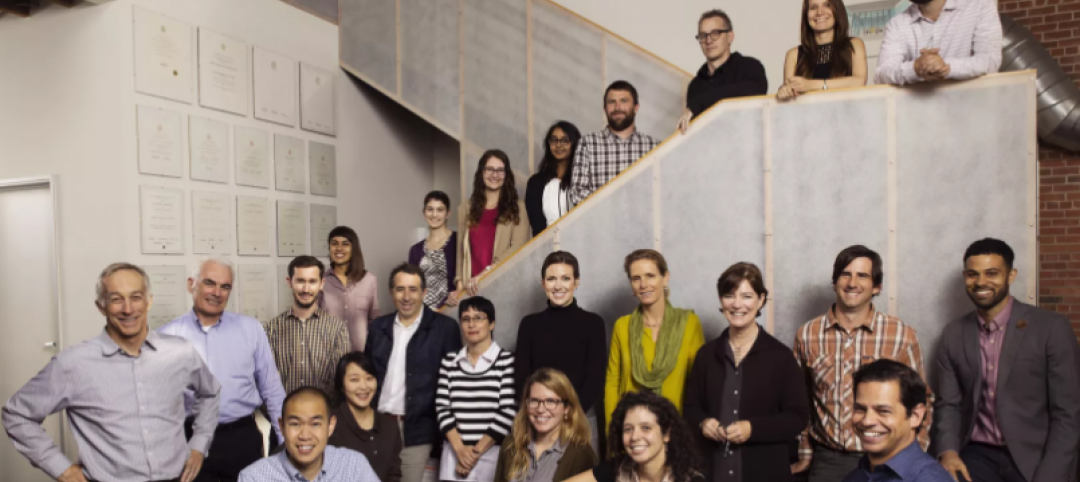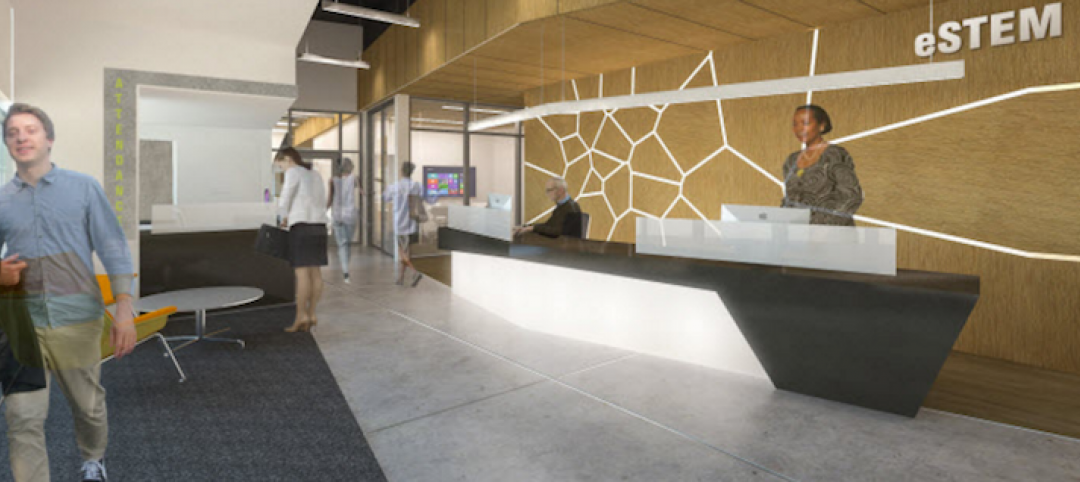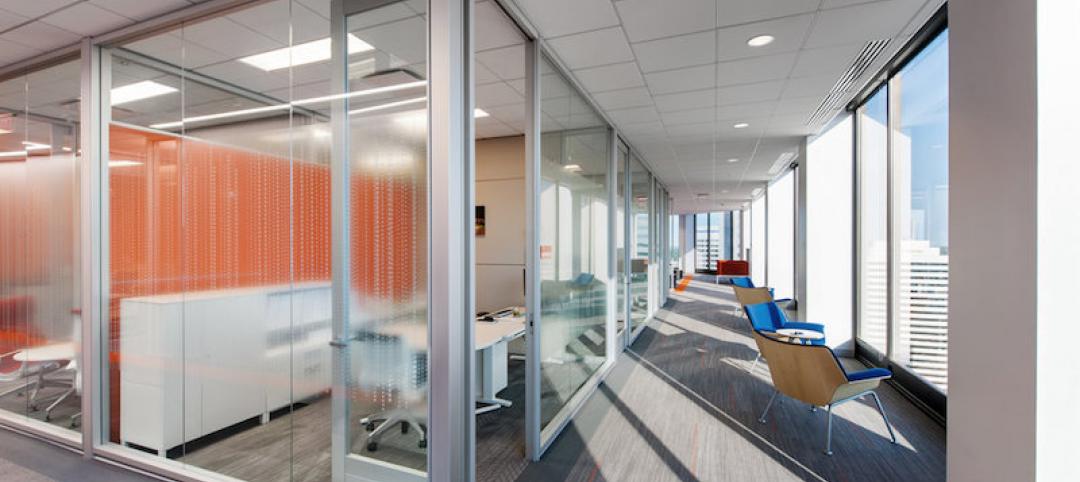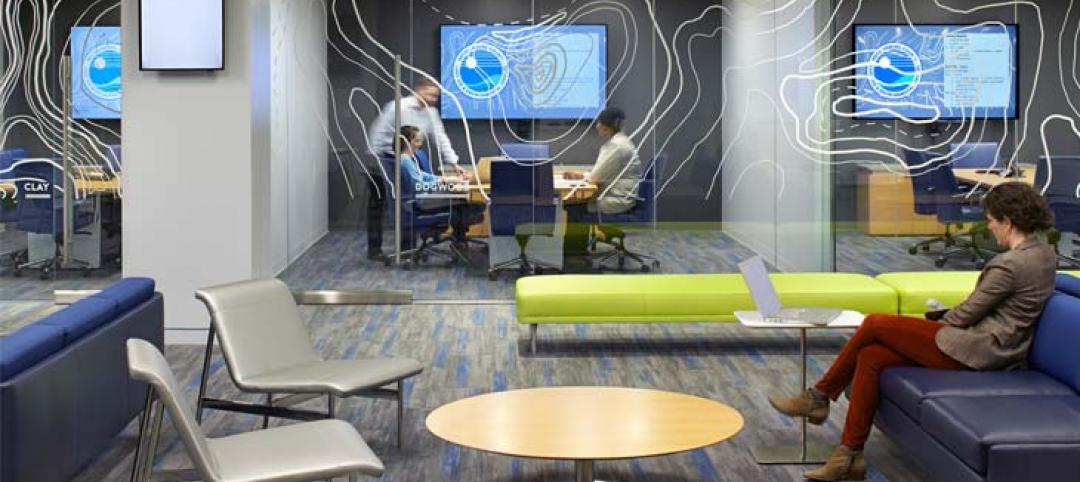A research team at the University of Toronto at Scarborough worked with several European designers to see what sort of spaces pleases our brains more.
Fast Company reports that the team, led by psychologist Oshin Vartanian, found that people are “far more likely to call a room beautiful when its design is round instead of linear.”
Hence, when Philip Johnson first visited the Guggenheim Museum in Bilbao, designed by the curve-master Frank Gehry, the tears he reportedly shed were caused by the building’s design tapping into some primordial human emotional network.
To conduct the study, the team slid people into a brain imaging machine and showed them pictures of rooms and buildings. They found that oblong couches, oval rugs, and looping floor patterns were universally seen as beautiful by all men and women who participated.
One of the many conclusions Vartanian and his team found was that human brains associate sharp lines (and sharp objects in general) with a threat, so curves signal a lack of threat, or safety.
Learn more about the research at Fast Company.
Related Stories
Architects | Jan 4, 2017
The making of visible experts: A path for seller-doers in the AEC industry
Exceptional seller-doers have the ability to ask the right questions, and more importantly, listen.
Building Team | Jan 3, 2017
How does your firm’s hit rate stack up to the AEC competition?
If your firm is not converting at least a third of project proposals when competing for new work, it may be time to reassess your marketing tactics and processes.
Architects | Dec 9, 2016
Leddy Maytum Stacy Architects receives the 2017 AIA Architecture Firm Award
LMSA is the 54th AIA Architecture Firm Award recipient.
| Dec 8, 2016
Paul Revere Williams, FAIA, awarded 2017 AIA Gold Medal
The Gold Medal honors an individual whose significant body of work has had a lasting influence on the theory and practice of architecture.
Building Team | Dec 8, 2016
The NYC Public Design Commission recognizes 12 projects with its 2016 Excellence in Design Award
2016 marked the 34th year the Public Design Commission has handed out its Excellence in Design Awards.
Education Facilities | Dec 7, 2016
How corporate design keeps educational design relevant
Learning is a lot like working; it varies daily, ranges from individual to collaborative, formal to informal and from hands on to digital.
| Dec 6, 2016
Workplace pilots: Test. Learn. Build
Differentiated from mock-ups or beta sites, workplace pilots are small scale built work environments, where an organization’s employees permanently reside and work on a daily basis.
Building Team | Dec 2, 2016
Alexandria Real Estate Equities becomes first real estate investment trust to be named a First-in-Class Fitwel Champion
Fitwel building certification was developed to foster positive impacts on building occupant health and productivity through improvements to workplace design and policies.
Government Buildings | Dec 1, 2016
Unlocking innovation in the government workplace
Government work settings ranked the lowest in their effectiveness across the four work modes: focus (individual) work, collaboration, socializing (informal gathering that fosters trust and teamwork) and learning.
Architects | Nov 20, 2016
D.C.’s first distillery-eatery taps into a growing trend
The stylish location targets customers craving craft spirits and late-night dining.















